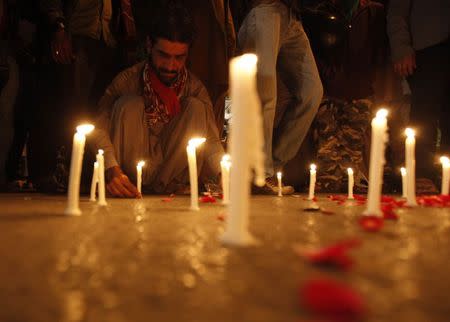"Women talk as a little girl plays with a toy gun during a religious celebration. In traditional families men and women gather separately." Iran remains largely misunderstood by many of us in the West. As a theocratic country kept under rigid social, religious, and media restrictions, it’s difficult
The Arleigh Burke-class guided-missile destroyers USS Kidd and USS Pinckney are seen en transit in the Pacific Ocean in this U.S. Navy picture taken May 18, 2011. Kidd and Pinkney have been searching for the missing Malaysian airliner and are being re-deployed to the Strait of Malacca of Malaysia's




